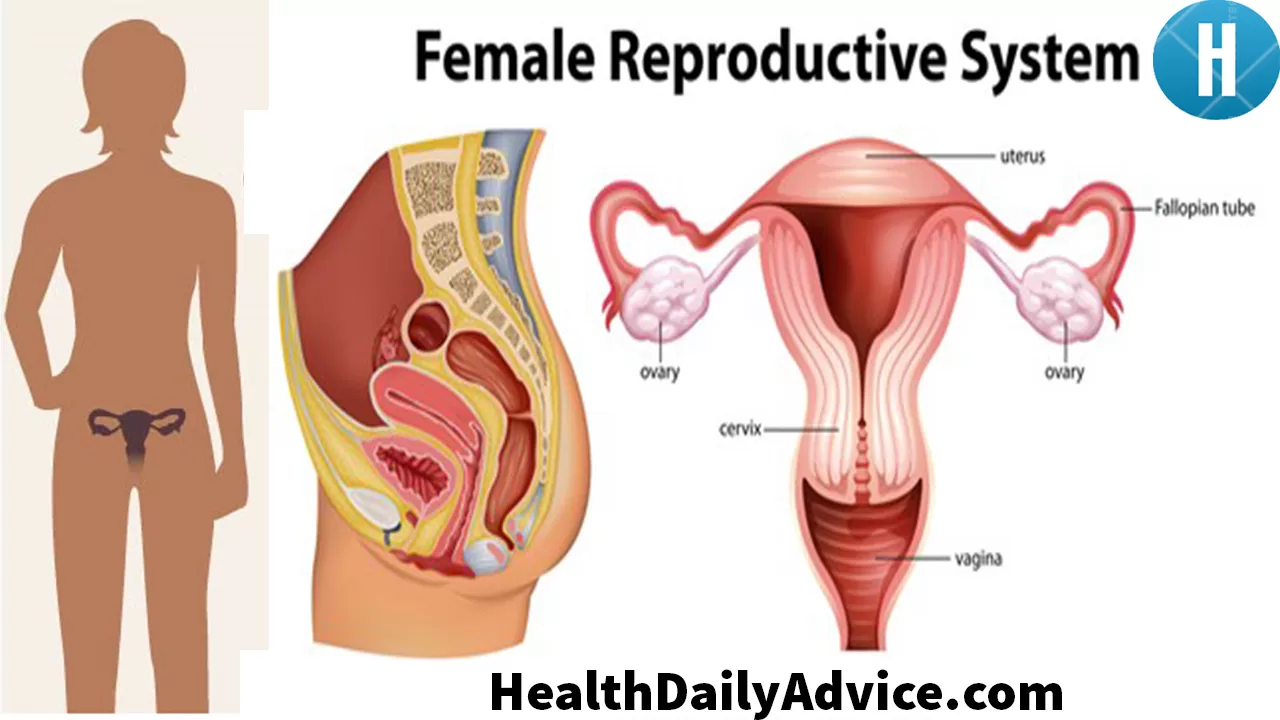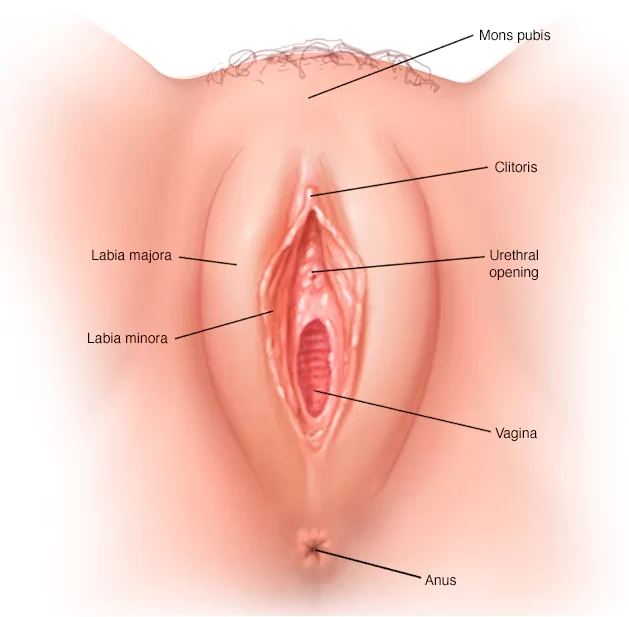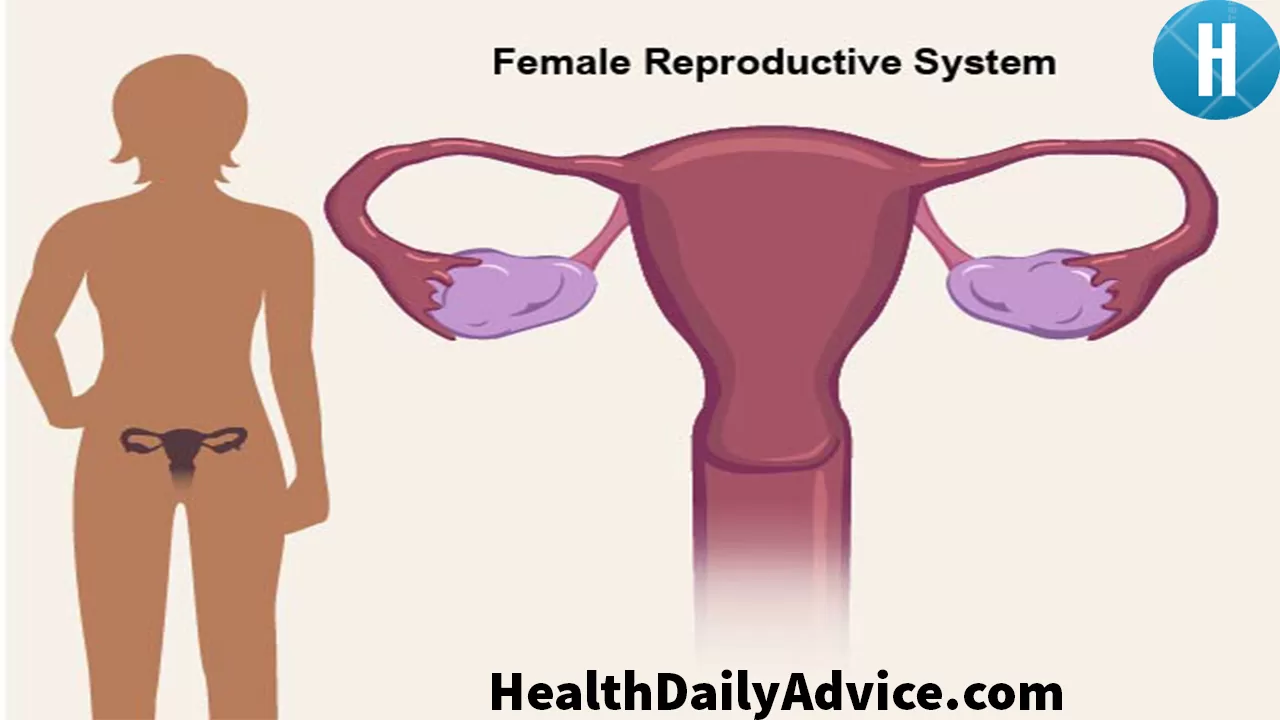Introduction
Hey guys! Welcome back to Health Daily Advice. In this article I am going to switch it up on you guys I realized that I have been taking a lot of your questions and giving you guys but I may not have laid the proper groundwork or foundation needed I mean what’s the point in me telling you about how birth control works if you don’t even know what a uterus or fallopian tube is. So today we are going to change all that We are going to figure out what’s going on down here starting with your vagina.
The Vagina Unveiled
Your vagina, often misunderstood as just the external part, is, in fact, an internal organ. It’s a remarkable elastic muscular tube connecting the cervix to the outside of your body. This powerhouse plays a pivotal role in carrying sperm to the uterus and fallopian tubes, serving as a birth canal during delivery and facilitating menstrual flow.
Whoo! It’s a frigging powerhouse!
Internal Organs: What’s Inside?
To comprehend the intricate workings of the female reproductive system, let’s explore the internal organs.
1. Uterus
The pear-shaped uterus is the home for a developing fetus during pregnancy. It consists of the cervix, the lower part opening into the vagina, and the corpus, the main body expanding to accommodate a growing baby.
2. Ovaries
Situated on either side of the uterus, the ovaries are small oval-shaped glands responsible for producing eggs and hormones.
3. Fallopian Tubes
These tubes, attached to the upper part of the uterus, act as tunnels for egg cells to travel from the ovaries to the uterus during ovulation. Fertilization by sperm occurs here.
So that’s what’s happening inside. What the heck is happening on the outside?
External Organs: Guards and Gatekeepers
Moving on to the external organs, these serve the dual purpose of allowing sperm entry and safeguarding internal organs from infection.
Basically, they are like your security guards.
1. Mons Pubis
Comprising the labia majora and labia minora, the mons pubis encloses and protects external organs. The labia majora, with oil and sweat glands, grows hair during puberty. Meanwhile, the labia minora protects the skin around the vaginal opening.
2. Bartholin’s Gland
Situated near the vaginal opening, Bartholin’s gland produces fluid secretion.
3. Clitoris
The clitoris, a small sensitive protrusion covered by a fold of skin, can become erect due to stimulation. It’s essential to note the presence of the urethra, responsible for carrying urine and distinct from reproductive function.
Bartholin’s gland:
- So then you have the Bartholin’s gland This gland is located near the vaginal opening and it produces fluid secretion, lastly you have the clitoris. The labia minora meet at the clitoris.
- The clitoris is a small sensitive protrusion and it’s covered by a fold of skin that can become erect due to stimulation now it’s important to note that women also have a urethral which carries the urine from the urinary bladder
The Impact of Reproductive Anatomy
Understanding your reproductive anatomy is fundamental to making informed decisions about your health. Whether it’s discussing birth control, pregnancy, or menstruation, this knowledge forms the basis for a healthy reproductive life.
The difference with men is that men have a urethra that runs through the penis and also carries semen.
Now for women, the urethra is shorter and it appears above the vaginal opening but it only carries urine so it has nothing to do with reproductive function.
FAQs:
The menstrual cycle involves the release of an egg from the ovary, its journey through the fallopian tubes, and the preparation of the uterus for a potential pregnancy.
While the chances are lower, it’s not impossible. Sperm can survive in the reproductive tract for several days.
The female reproductive system includes organs and structures responsible for producing and transporting eggs (ova), facilitating fertilization, supporting embryo development, and enabling childbirth. Main components include the ovaries, fallopian tubes, uterus, cervix, and vagina.
The menstrual cycle is a monthly series of hormonal and physiological changes in the female reproductive system. Stages include menstruation, the follicular phase (pre-ovulation), ovulation, and the luteal phase (post-ovulation), regulated by hormones like estrogen and progesterone.
Fertilization occurs when a sperm cell meets and penetrates an egg in the fallopian tube. The fertilized egg (zygote) then travels to the uterus for implantation, initiating pregnancy.
Hormones, such as estrogen and progesterone, regulate the menstrual cycle, control ovulation, and prepare the uterus for pregnancy. Follicle-stimulating hormone (FSH) and luteinizing hormone (LH) are key players in this hormonal orchestration.
Common concerns include menstrual disorders, fertility issues, sexually transmitted infections (STIs), uterine fibroids, endometriosis, and gynecological cancers. Regular check-ups, screenings, and maintaining overall health contribute to reproductive well-being.
Conclusion
This overview is just the beginning of our exploration into the world of female reproductive health. Stay tuned for upcoming articles on periods, pregnancy, and more. Subscribe to our channel and website to ensure you don’t miss out. Until next time, take care!















